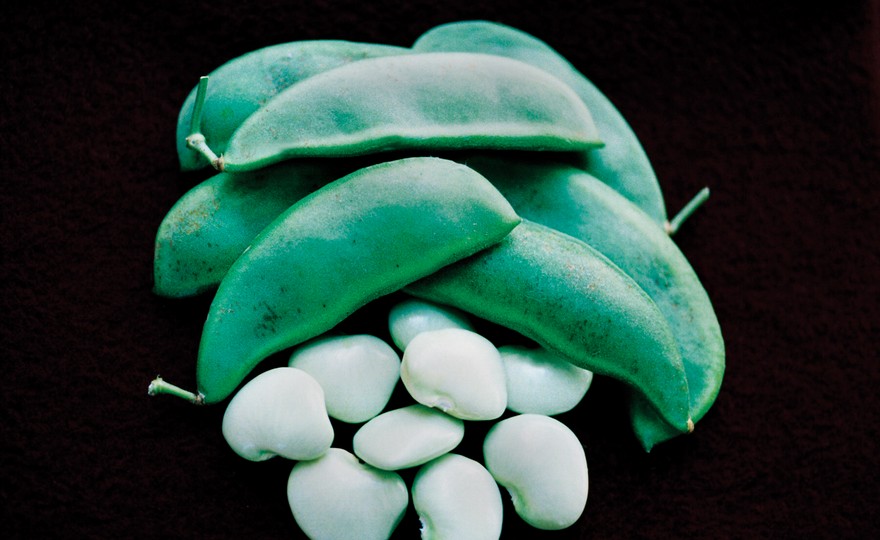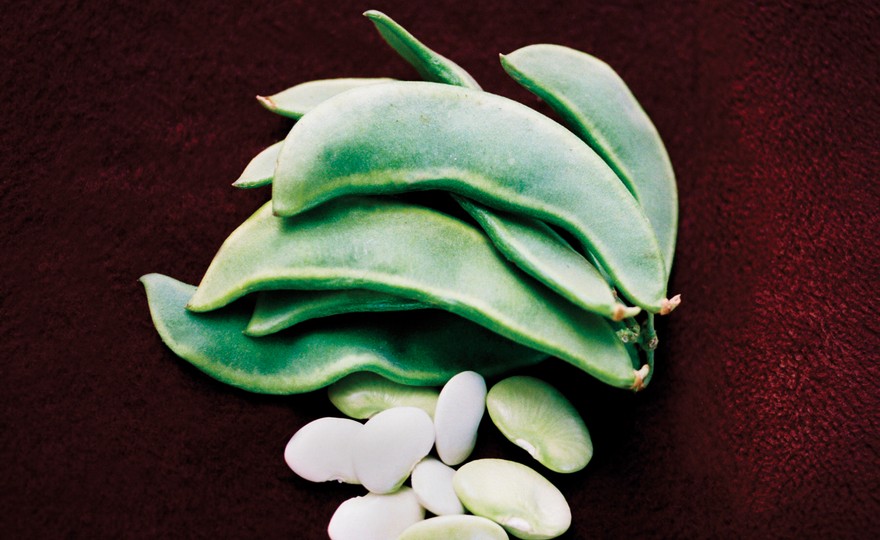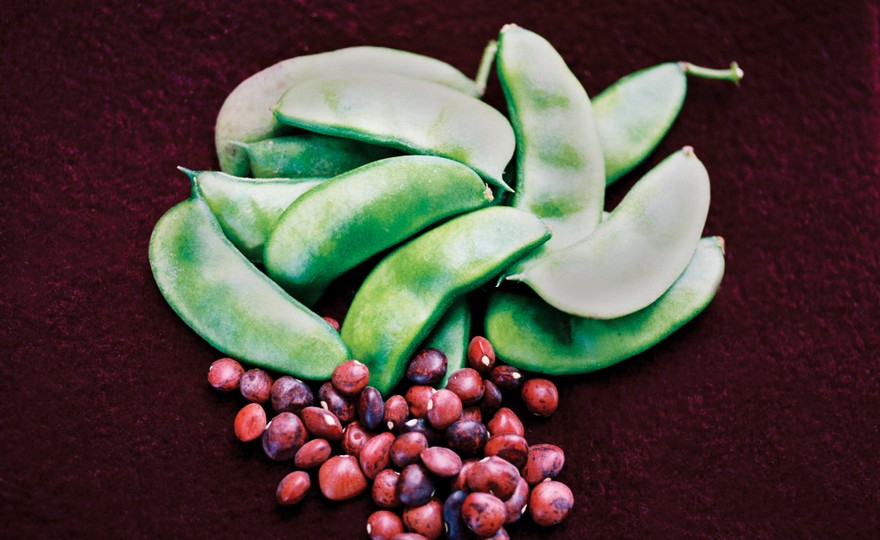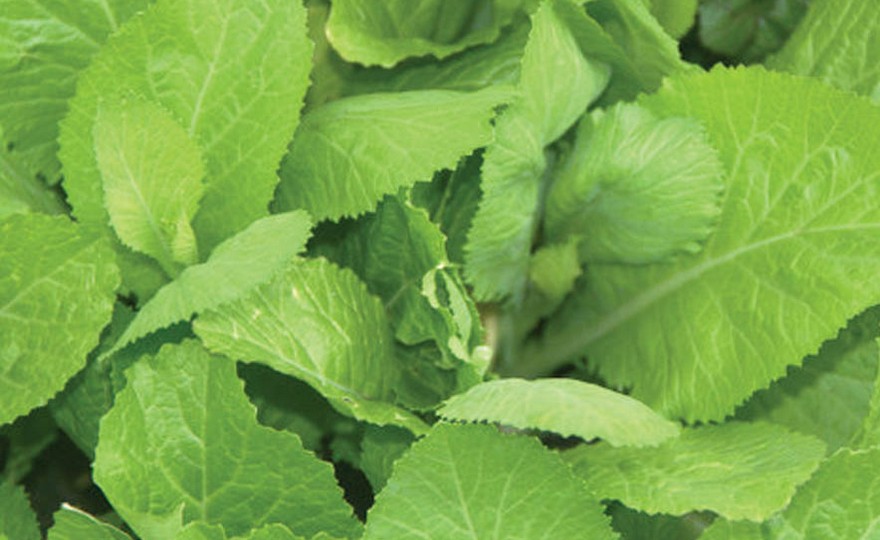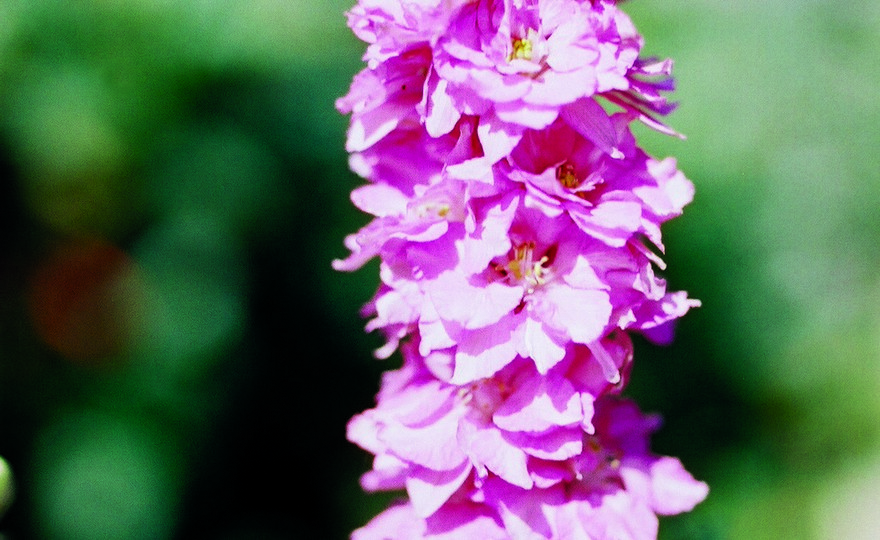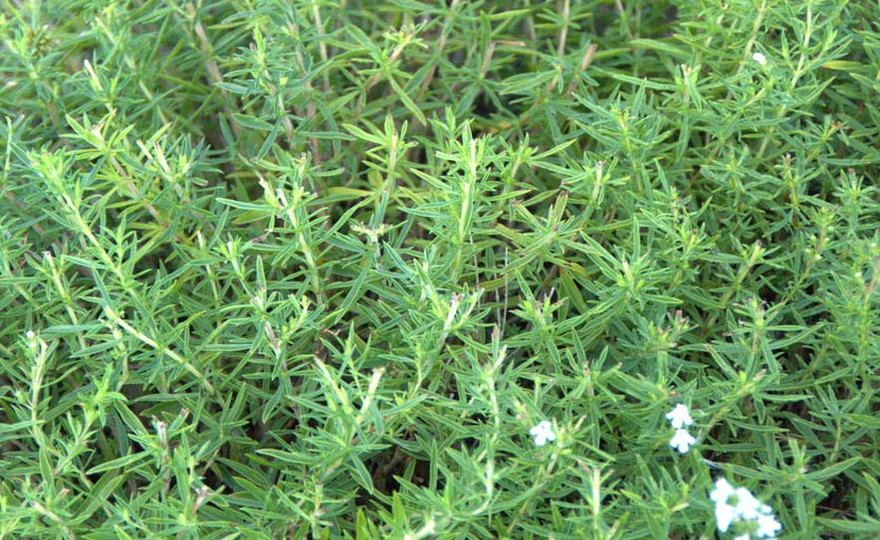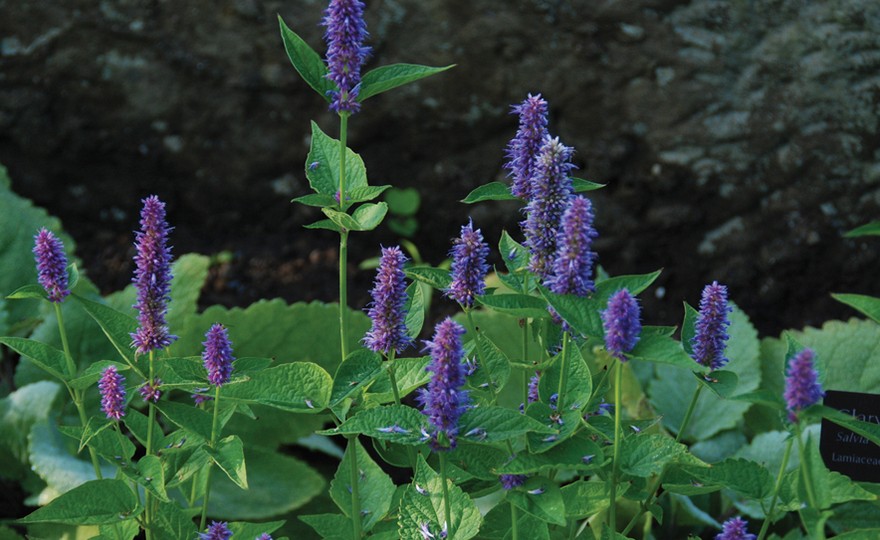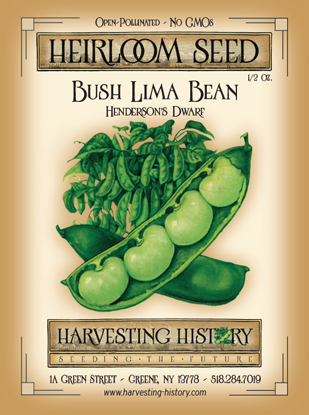
Bush Lima Bean, Henderson’s Dwarf
-
- **SOLD OUT** HOLIDAY GIFTS **SOLD OUT**
- **SOLD OUT** Holiday Books **SOLD OUT**
- **SOLD OUT** Holiday Citrus **SOLD OUT**
- **SOLD OUT** Holiday Gift Certificates **SOLD OUT**
- **SOLD OUT** Holiday Paperwhites **SOLD OUT**
- **SOLD OUT** Holiday Praying Mantis Kits **SOLD OUT**
- **SOLD OUT** Holiday Tools **SOLD OUT**
- **SOLD OUT** Holiday Wildflower Mixtures **SOLD OUT**
- Citrus Trees
- **SOLD OUT** - Vegetable and Herb Plants - Mix & Match any 6 Plants for $50 - Only Shipped in Quantities of 6
- Elephant Ear Plants & Roots
- **SOLD OUT** 4-Inch Pot Herb Plants **SOLD OUT**
- Rare Plants
- **SOLD OUT** Vining Plants **SOLD OUT**
- Asian Seeds
- Beneficial Bugs
- Books
- Citrus Fertilizers
- Cold-Treated Bulbs - SEE BULBS FOR FALL PLANTING TO ORDER
- Cold-Treated Allium
- Cold-Treated Chionodoxa
- Cold-Treated Crocus
- Cold-Treated Hyacinthoides
- Cold-Treated Hyacinthus Orientalis
- Cold-Treated Narcissus
- Cold-Treated Cyclamineus Narcissus
- Cold-Treated Double Heirloom Narcissus
- Cold-Treated Jonquilla Narcissus
- Cold-Treated Large Cupped Narcissus
- Cold-Treated Poeticus Narcissus
- Cold-Treated Small Cupped Narcissus
- Cold-Treated Species Miniature Narcissus
- Cold-Treated Split Cupped Narcissus
- Cold-Treated Tazetta Narcissus
- Cold-Treated Triandus Narcissus
- Cold-Treated Trumpet Daffodils
- Cold-Treated Ornithogalum
- Cold-Treated Rock Garden Iris
- Cold-Treated Scilla
- Cold-Treated Tulips
- Cold-Treated Emperor Tulips
- Cold-Treated Fringed Tulips
- Cold-Treated Green or Viridiflora Tulips
- Cold-Treated Lily Flowering Tulips
- Cold-Treated Parrot Tulips
- Cold-Treated Peony Flowering Tulips
- Cold-Treated Single Early Tulips
- Cold-Treated Single Late Tulips
- Cold-Treated Species Tulips
- Cold-Treated Triumph Tulips
- Flower Bulbs, Corms and Tubers
- Bulbs for Spring Planting
- Bulbs for Fall Planting - ALL BULBS AVAILABLE ARE COLD TREATED FOR PLANTING AS SOON AS SOIL CAN BE WORKED
- Fall Blooming Bulbs
- Garden Tools & Equipment
- Gift Certificates
- HHH Exclusive Wildflower Mixtures
- Wildflower Mixtures
- Heirloom Garlic
- Potatoes
- Roots & Sets
- Seeds
- Flowers
- Herbs
- Vegetables
- **SOLD OUT** HOLIDAY GIFTS **SOLD OUT**
-
- No products to compare
-
72 in stock
Quick Overview
BUSH LIMA BEAN, Henderson’s Dwarf –
Phaseolus lunatus
FULL SUN Lima beans come in large- and small-seeded varieties. The large-seeded beans were domesticated in South America, primarily near Peru. The small-seeded beans were domesticated in Mexico. Limas are among the oldest cultivated beans having been grown more than 7500 years ago. Henderson’s Dwarf was discovered by a roadside near Lynchburg, VA in 1883 and sent to Peter Henderson, the leading American seedsman of the day. He began selling the seed commercially in 1885. This is an outstanding lima – prolific, delicious, hardy, drought tolerant and bears over a long season. What more could you want?
Plant in late spring after danger of frost has passed and the soil has warmed to a depth of 6 in. If planting in rows, keep rows 2 ft. apart.
When seedlings are 2 in. high, thin, leaving 4 – 6 in. between plants. Beans prefer a light, loamy soil that has been lightly fertilized.
Type Spacing Planting Days to Days to
Depth Germination Maturity
Bush Lima 4 – 6 in. 1½ in. 7 – 10 60
| Type | Spacing | Planting Depth | Days to Germination | Maturity |
| Bush Lima | 4-6 in. | 1 1/2 in. | 7-10 | 60 |

Bush Lima Bean, Henderson's Dwarf
Bean cultivation can be traced to the earliest vestiges of human civilization. Beans may have been the first vegetables that mankind learned to cultivate. Fava beans have been found in Neolithic excavations in Switzerland. Chickpeas, favas and lentils have been found in Egyptian tombs, and the Chinese started growing soybeans around 1500 BC. However, many of the beans that we are familiar with today, like the common or kidney, lima and runner bean came from the Americas and were not introduced into Europe until the time of Christopher Columbus. The oldest archaeological evidence of common beans in the New World comes from Tehuacan, Mexico and has been radiocarbon dated to 7000 BC.
Lima beans, also known as butter beans, come in large seeded and small seeded varieties. They are a very old bean known to have been in coastal Peru since 6000 BC. The small seeded varieties are thought to have originated in Mexico. The large seeded varieties came from South America. The term ‘lima’ actually refers to Lima, Peru where it is rumored that an American Navy Admiral was introduced to the beans. He is said to have brought the beans back to New England where they did not produce well. Somehow the beans found their way into the Mid-Atlantic where they did much better in the warmer climate. Lima beans require a long growing season and will not tolerate frost. The beans come in a range of colors from black to purple to red to white. Bush varieties grow on compact 12-18 inch plants. Pole varieties grow on 10-12 foot vines.

